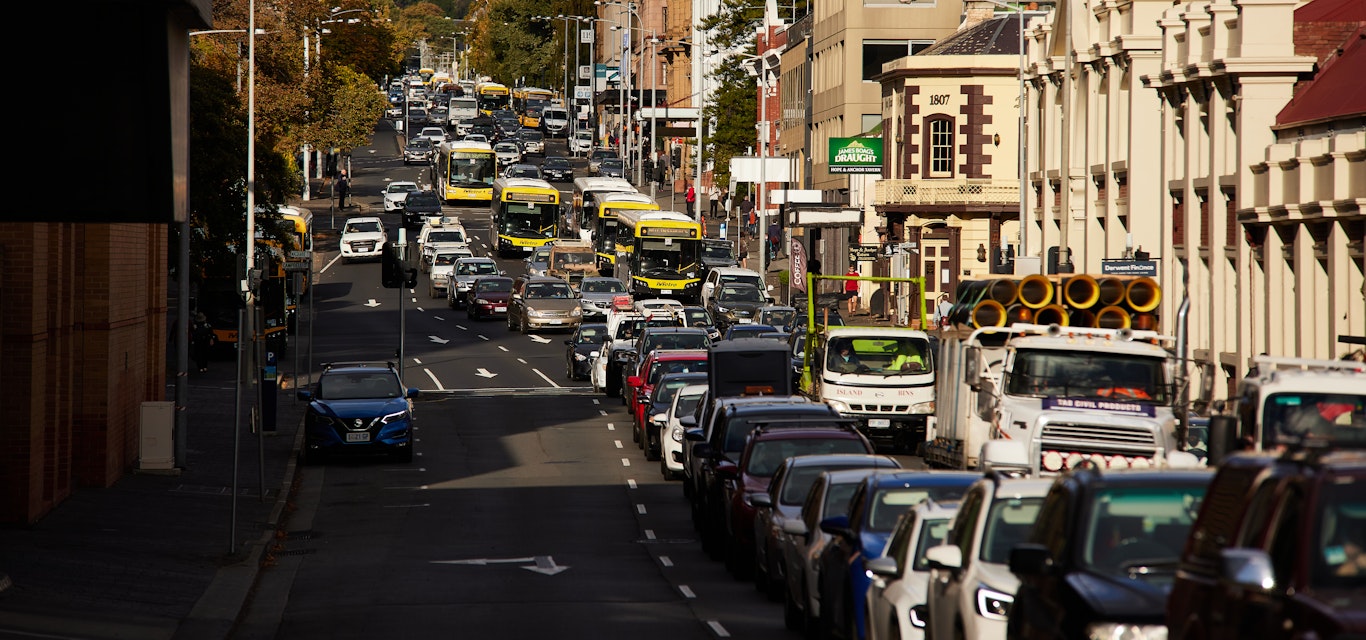Forum for change
There’s a remarkably consistent message that emerges whenever Tasmanians are asked how we can reduce road trauma in this state.
They tell us we need better training for young drivers; we need to refresh the skills of older drivers and test their knowledge and their skills; we need more police on our roads; we need tougher penalties; we need speed limits appropriate to road conditions; we need to ensure our vehicles are roadworthy.
It’s the message that came through from our members when we asked for their contribution to our submission to the Legislative Council Select Committee into Road Safety in Tasmania. It’s the message that comes through in letters to Journeys and through the many contributions members make by directly contacting us.
And now these same themes have come through in the series of road safety reforms conducted around the state in August by the Road Safety Advisory Council (of which we are a member).
There was one unifying thread in the rooms in Burnie, Launceston and Hobart against a backdrop of the appalling fatality rate on Tasmanian roads in 2022: everyone who participated wants to save Tasmanian lives and recognises that road safety is everyone’s responsibility.
Sadly, there was an event that really focused the forums on this urgent task: the weekend before, three young people died in a crash on the South Arm Highway in the south. On the evening after the Launceston forum, a motorcyclist died on Lilydale Road, Rocherlea, in the north.
Credit: Chris Crerar
Everyone wants to see us reach the target of fewer than 200 deaths and serious injuries by 2026. And everyone wants to strive to make that number zero. There are those who argue that zero will never be reached. But when asked what an acceptable level of road trauma is, there’s always that lightbulb moment: even one death is unacceptable.
The Road Safety Advisory Council will examine the many contributions by forum attendees to inform its review of Tasmania’s road safety action plan.
There are some challenging ideas to be considered around driver training, the roadworthiness of our fleet, the quality of our roads and how we manage speed.
And there were individual stories from forum participants that illustrated the challenges.
We heard of the drug-driver who always gets his licence back.
We listened as a father told of his son’s crash, caused by drink-driving, and a life that was changed forever.
We heard of the dangers of the new generation of powerful LED lights now being fitted to many Tasmanian vehicles.
We heard of the failure of Tasmanians to know the road rules.
These contributions by Tasmanians who want to see us all get home safely, and the report of the Select Committee into Road Safety, set the stage for a critical rethink on how we make our roads safer.
From the members
These are just some of the ideas that came out of the forums:
Refresher courses for all drivers, including testing their road-rules knowledge.
A vehicle-inspection regimen and more on-road checks.
Defensive-driving courses for young drivers.
More road safety education in our schools.
Much more communication on road safety.
Telling the stories of road-trauma victims and the impacts on others.
Much tougher penalties for drink and drug driving.
Lowering the blood alcohol level from .05.
Lowering the speed limit in school zones from 40 km/h to 25 km/h.
Changing the centre line on our roads from white to yellow.
Setting speed limits that match road conditions.
Giving more resources to Tasmania’s 29 councils – our biggest road managers – to make our roads safer.
